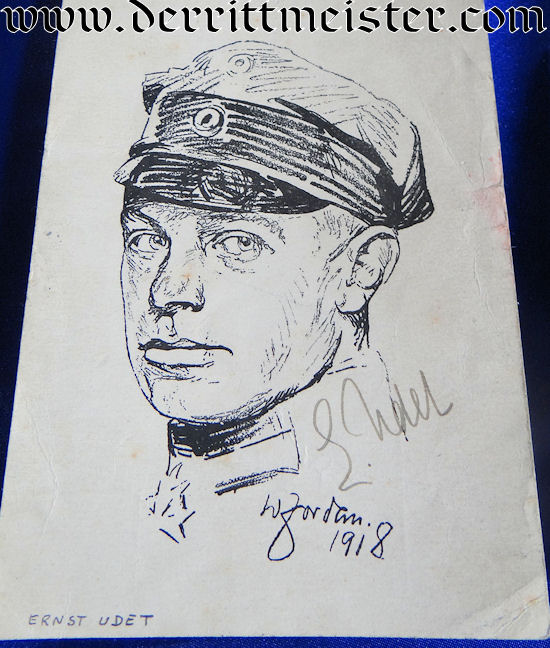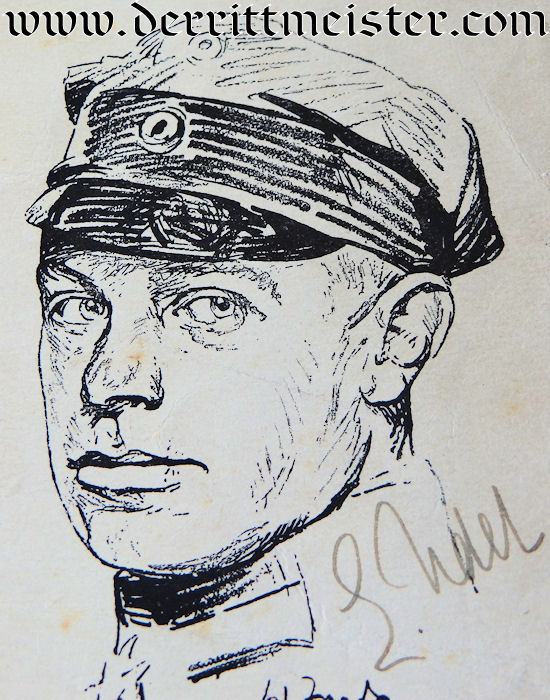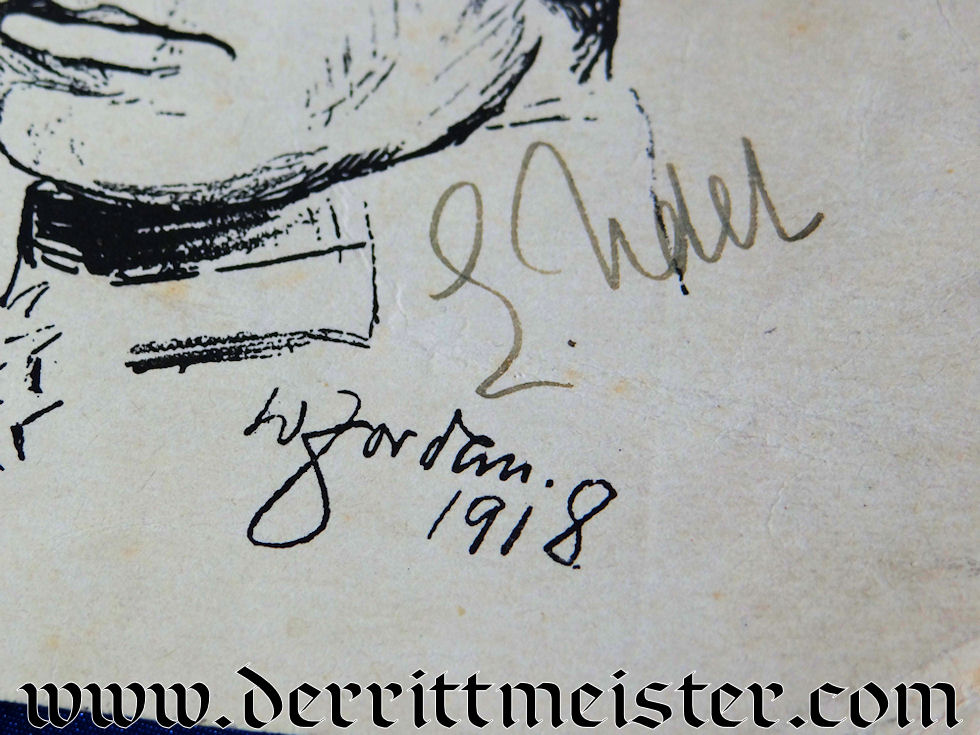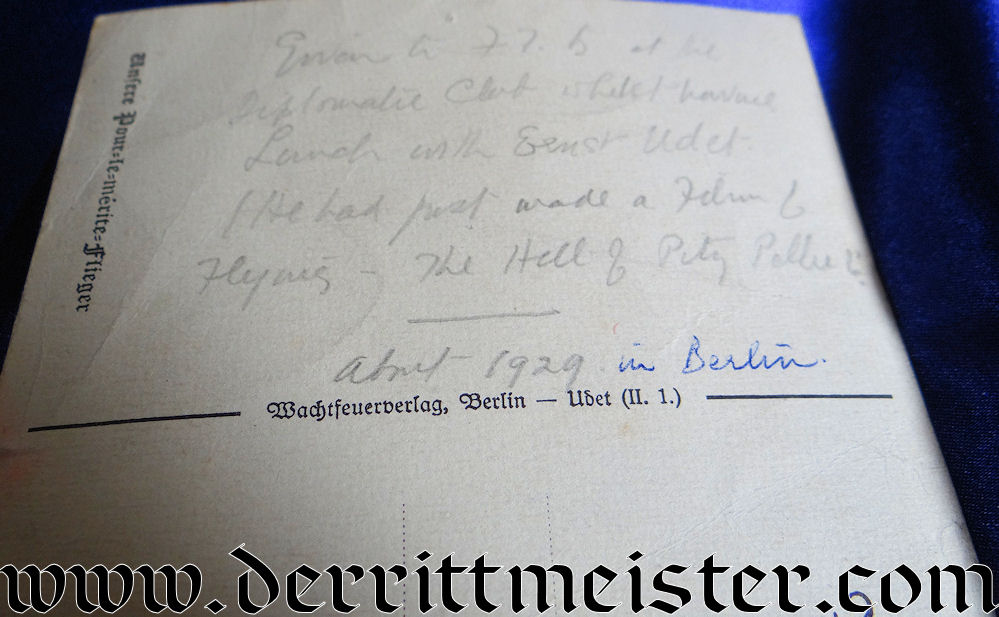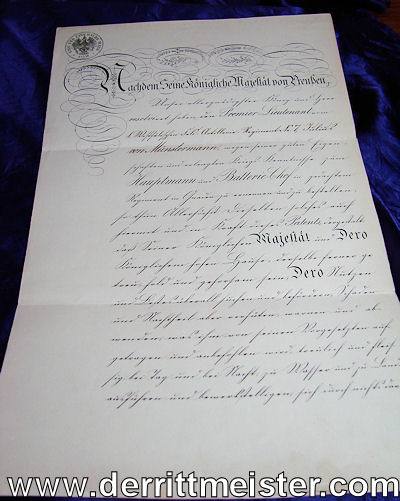Description
Ernst Udet (1886-1941) was Germany’s second-leading WW I ace. He was recognized by Manfred von Richthofen for his flying ability and recruited to join Jasta 11. Therein lay a problem that Udet had for the balance of his life. When flying he was a genius, and certainly one of Germany’s ablest pilots. Outside an airplane cockpit, however, his life was not as smooth or easy.
After WW I, in which he had sixty-two confirmed victories, he remained involved in aviation as a supreme stunt pilot and an aircraft manufacturer. He also drifted into numerous relationships and marriages, none of which were successful. He joined the Nazi Party in 1933 and became involved in the Luftwaffe’s creation under his old boss, Hermann Göring. (Göring was the third and final commander of JG 1. Manfred von Richthofen was the first). In his Luftwaffe role, he was closely involved in the development of new aircraft. He is best known for his involvement with the JU-87 Stuka. He had seen the capability of early 1930’s U.S.-built Curtiss aircraft. (It was Udet’s idea to add the screaming, dive-attack siren to the JU-87 that made it notorious). Due to mounting political pressure, Udet killed himself in November 1941. The public was not informed of this, just as they were not told of Generalfeldmarschall Erwin Rommel’s (forced) suicide. He was buried as a hero and revered by the German people.
Today we are offering an oversized postcard that measures 4 1/4″ x 6.” It is based on a 1918 artist’s charcoal sketch. It shows Udet from the neck up. His PLM is at his neck, and he is wearing a schirmütze. His very distinct signature (E. Udet) appears in pencil.
On the reverse is a pencilled description (in English!) of how the signature was acquired. It mentions that it was acquired at a Berlin Diplomatic Club during a 1929 luncheon. Udet signatures are NOT easy to obtain. It is a very fine item.
